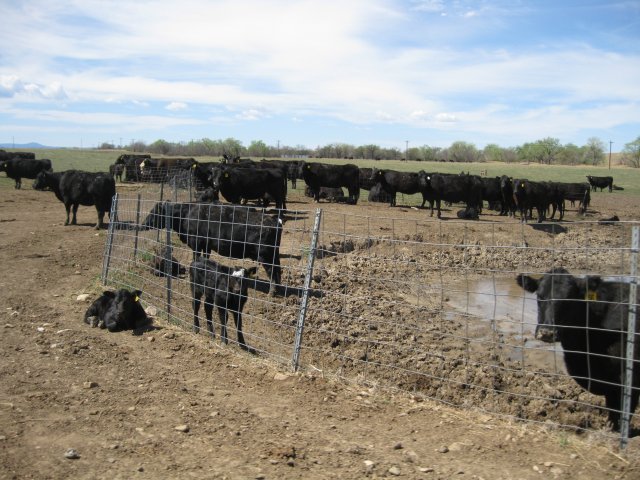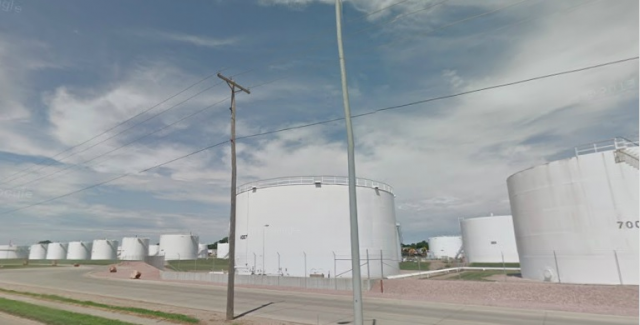Superfund Sites in Reuse in South Dakota
If you are having trouble viewing the map in your browser, click the 'View larger map' link below
Gilt Edge Mine
The Gilt Edge Mine Superfund site is in the Black Hills in Lawrence County, South Dakota. Mining and mineral processing began on site in 1876. The last mine operator at the site abandoned mining in 1999. Mining operations at the site contaminated surface water and groundwater with acidic water containing heavy metals. EPA added the site to the National Priorities List (NPL) in 2000. EPA addressed immediate threats by running a mine water treatment system and capping contamination at Ruby Gulch Waste Rock Dump. In 2017, EPA began removing mine waste from source areas and consolidating it in the open mine pits on site. Remedy includes continued mine water treatment, dewatering and sludge removal, capping of the consolidated waste, installation of groundwater monitoring wells, and groundwater and land use restrictions. The site is at the headwaters of Strawberry Creek and Bear Butte Creek. Two seasonal residential properties are also on site. Cleanup is ongoing. In December 2021, the site was among those selected by EPA to receive cleanup funding under the Bipartisan Infrastructure Law (BIL). With this funding, EPA is already initiating work on backlogged remedial construction projects and accelerating cleanups at NPL sites.
Last updated December 2023
As of December 2023, EPA did not have economic data related to on-site businesses, or economic data were not applicable due to site use. For additional information click here.
For more information:
Whitewood Creek

The Whitewood Creek Superfund site covers an 18-mile stretch of Whitewood Creek in Lawrence, Meade and Butte counties in South Dakota. Starting in the 1870s, area gold mining operations sent millions of tons of mine tailings into Whitewood Creek. They contaminated soil, groundwater and surface water. EPA added the site to the National Priorities List (NPL) in 1983. The potentially responsible party, Homestake Mining Company, cleaned up the site by removing and replacing contaminated soil from residential yards. EPA took the site off the NPL in 1996. About 83% of the site remains forested and provides habitat for wildlife. Whitewood Creek is a water source for irrigation, livestock and recreation. Residents along Whitewood Creek continue to raise livestock and crops for livestock feed on site, as they have for more than 40 years. Whitewood Creek banks are now revegetated. Portions of the site are in reuse as ranchland. Local residents also use the creek for recreational purposes.
Last updated December 2023
As of December 2023, EPA did not have economic data related to on-site businesses, or economic data were not applicable due to site use. For additional information click here.
For more information:
Williams Pipe Line Co. Disposal Pit

The 52-acre Williams Pipe Line Co. Disposal Pit Superfund site is in Sioux Falls, South Dakota. The Great Lakes Pipeline company opened a facility on site in 1945. The Williams Pipeline Company (now Magellan Pipeline Company) purchased the property in 1966. The companies stored and conveyed bulk quantities of liquid fertilizers, as well as petroleum products, at the facility. These materials included fuel oil, diesel fuel, unleaded gasoline, aviation gasoline and jet fuel. Tanks and pipe racks moved petroleum fuel to the loading racks where delivery vehicles were filled. A burn pond, or disposal pit, was constructed in 1945 in the northeast corner of the terminal. It collected stormwater runoff from various areas of the terminal until 1987. The stormwater runoff was often contaminated with spilled materials. Petroleum products accumulating on the pond surface were burned off periodically. These activities contaminated groundwater with hazardous chemicals. EPA added the site to the National Priorities List (NPL) in 1990. Cleanup included installation of recovery trenches along site boundaries to capture contamination and prevent contaminated groundwater from moving off site. The remedy also included groundwater monitoring. Remedy construction finished in 1994. After the site met cleanup goals, EPA took the site off the NPL in 1999. The site remains in continued industrial use. The Magellan Pipeline Company Terminal includes 42 aboveground petroleum storage tanks, a fuel loading area, garages and an administration building.
Last updated December 2023
As of December 2023, EPA had data on one on-site business. This business employed 10 people and generated an estimated $5,879,000 in annual sales revenue. For additional information click here.
For more information:
